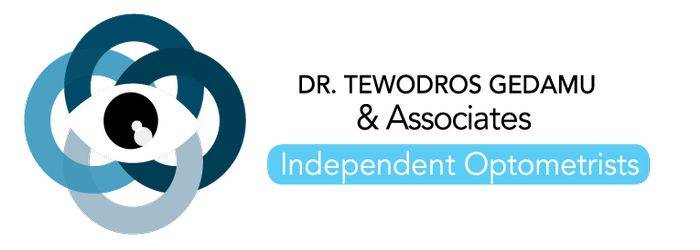 In this day and age, computers, smartphones, and similar technologies are everywhere. Many hours are spent by most of us, either during our leisure time or for work, looking at the lighted screen of a computer or smartphone. Recently, the incidence of Computer Eye Strain has gone up significantly. As much as 90 percent of all people who consistently work with computers suffer from eye strain and other symptoms. These symptoms often lead to physical fatigue, decreased productivity and increased work errors. Minor annoyances, such as eye twitching and red eyes, have also been reported.
In this day and age, computers, smartphones, and similar technologies are everywhere. Many hours are spent by most of us, either during our leisure time or for work, looking at the lighted screen of a computer or smartphone. Recently, the incidence of Computer Eye Strain has gone up significantly. As much as 90 percent of all people who consistently work with computers suffer from eye strain and other symptoms. These symptoms often lead to physical fatigue, decreased productivity and increased work errors. Minor annoyances, such as eye twitching and red eyes, have also been reported.
Fortunately, one can take several steps to reduce his or her risk of computer eye strain and other common symptoms of computer vision syndrome:
- Move your workspace around a bit. With a bit of rearrangement, a new workspace configuration can help your eyes more easily deal with strain associated with working all day on the computer. First, attempt to minimize the impact of light coming in from outside by simply closing the shades. Also, if possible, place your computer screen with windows to the outside off to the side, rather than behind or in front of it. This reduces strain on your eyes from bright sunlight that streams in through the window and may cause your eyes discomfort.
- Set your monitor settings to maximize comfort. Monitor settings, when set incorrectly, can also do a great deal to detract from your visual comfort while on the computer. Dr. Gedamu, of Fairfax, Virginia advises, “If you have an old tube-style monitor, get rid of it as soon as possible. This style of a monitor has a noticeable, uncomfortable ‘flicker,’ and likely gives off a glare that contributes to computer eye strain. LCD screens, by contrast, lack this flicker and very often include an anti-reflective surface. These are extremely important factors when trying to make computer use more comfortable on your eyes. As an added note, desktop computer displays must be at least 19″ diagonal to facilitate strain-free use. Adjust your computer’s display settings correctly as well. Brightness, text size, contrast and color temperature all add to or diminish your experience.”
- Finally, regular eye exams are absolutely essential. This is true no matter what eye condition is being treated or prevented. Those who work most of their days on the computer should have an eye exam before they start working, and every year after that, so that their eye doctor can keep track of changes, and treat symptoms as they are diagnosed. “Also, speak to your eye doctor about custom ‘computer glasses’ to help deal with computer eye strain,” notes Dr. Gedamu.
If you are feeling eye discomfort like strain (dull ache around eyes), burning sensation, tearing when reading or using computers, a headache that gets worse as the day progresses, and other signs that you feel are happening due to computer use, please call our office in Fairfax, VA for a consultation.
Dr. Gedamu and Associates will listen to your particular situation and work with you to relieve your Computer Vision Syndrome.

